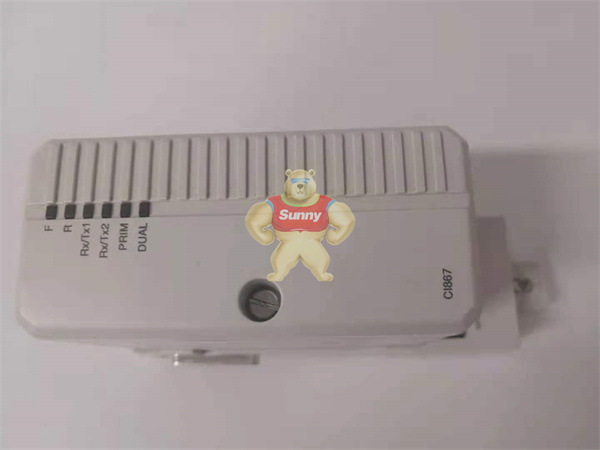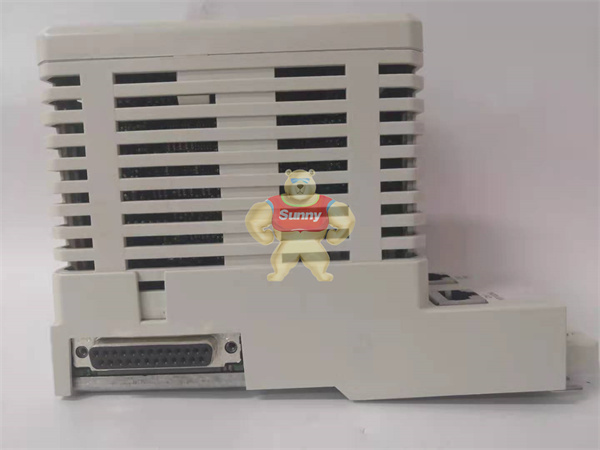With the lithium battery industry entering the fast track of development, high energy density and low-cost cathode materials are becoming the focus of attention in the industry. At the 9th Global Power Lithium Battery Cathode Materials Conference and the 2nd Lithium Battery Recycling Summit held on July 6-7, Ding Dan, head of new industry business of Schneider Electric Industrial Automation, shared the integrated FPCS multi-functional process control solution with control, Batch/ formula and built-in MES. As well as the overall solution for lithium battery cathode materials, it helps the digital transformation and upgrading of the lithium battery cathode materials industry and sustainable development.
In recent years, driven by the dual wheels of policy encouragement and market demand, the domestic lithium battery industry continues to be hot, and the positive electrode material market also shows explosive growth, opportunities and challenges coexist: The intensification of market competition forces enterprises to export more high-quality and stable products by lean management. The performance differences of rapidly iterated products and different batches of raw materials put forward higher requirements for the synergistic performance of formula and production management. The ever-changing formula content puts higher requirements on the stability of the production process; How to ensure the traceability and compliance of positive electrode materials has become a difficult problem that the industry must overcome; Breaking the data islands of workshops, bases and groups has also become a threshold that must be crossed in the process of enterprise digitalization. Ding Dan believes that in the face of various challenges, digital solutions have become an urgent need for the lithium anode material industry.
Ding Dan, Head of Schneider Electric’s Industrial Automation New Industry business
FPCS multi-functional process control solution enables enterprises to make multi-point breakthroughs
Based on years of application and technology accumulation in the field of industrial automation, digital software and lithium battery, Schneider Electric launched FPCS multi-function process control solution, including Modicon M580 controller and Plant iT integration solution, integrated control, Batch/ formula and built-in MES functions. With a streamlined and open system design, flexible sequence control and batch control mode, it helps the production and operation of positive material enterprises to achieve five major breakthroughs:

3BSE043660R1型号CI867K01

3BSE043660R1型号CI867K01
First, improve the yield, reduce cost and increase efficiency. Lithium battery manufacturing has strict requirements for the precision, stability and automation level of lithium battery equipment. Schneider Electric FPCS multi-functional process control solution can achieve order, batch, formula, material management and other functions, while combined with MES manufacturing execution and operation management system, can provide a rich information system interface, and can communicate with laboratory information management system LIMS, product life cycle management system PLM, Even the combination of enterprise resource management ERP, significantly improves the stability of the production process and operational flexibility, and promotes the steady improvement of productivity and efficiency.
Second, the combination of control and formula management to ensure product quality stability. FPCS multi-function process control solution can be used for the whole process control of the lithium battery material industry, including ternary/iron phosphate precursor liquid mixing control, reaction kettle control, positive electrode material mixing, grinding, drying and sintering, lithium carbonate and electrolyte production and preparation, and master the key control strategy. It can improve the stability of product quality and production efficiency. At the same time, the solution ensures accurate and real-time data transmission between different control levels, between systems and between equipment within the system, thus ensuring efficient and smooth production line control and reducing risks.
3. Complete flexible formulation system to improve process stability. Batch management provides a flexible batch management solution for positive materials that combines a complete control model, recipe guidance, and dynamic recipe generation to automate recipe optimization. At the same time, the advantages of automatically matching the best formula according to incoming materials and superposing a friendly parametric batch control interface make it a strong backing for production process changes and formula changes, and provide guarantee for process stability.
4. Efficient traceability provides guarantee for supplier audit compliance. As the lithium battery industry attaches great importance to safety, product quality data needs to meet the high requirements of traceability. In the FPCS multi-function process control solution, data modeling involving formula, real-time production process data, alarm data and laboratory inspection and analysis data can be established with batch number as the keyword, providing a good data source for MES manufacturing execution and operation management system to automatically obtain the formula, process parameters, operators and other data of each batch of products. Once a problem occurs, the system can trace multiple elements such as equipment, personnel, processes, suppliers, and the environment. This transparent process and traceable data make lithium material companies more compliant, and also lay the foundation for the downstream safety of the lithium industry.
V. Integrated solutions promote efficiency and sustainability in the industry. From digital transformation and sustainable development consulting to efficient and green development practices in various industries, Schneider Electric’s integrated software and hardware solutions are accelerating the digitalization and sustainable development of the lithium battery industry. Taking AVEVA UOC Integrated Operation Center as an example, it can create a unified platform for enterprises to manage asset information and operation information, form multi-dimensional, cross-professional, cross-department data sharing, and data connectivity from workshop, base to the group, to achieve remote operation and maintenance and even future-oriented global integrated operation.
 1 Year Warranty
1 Year Warranty





